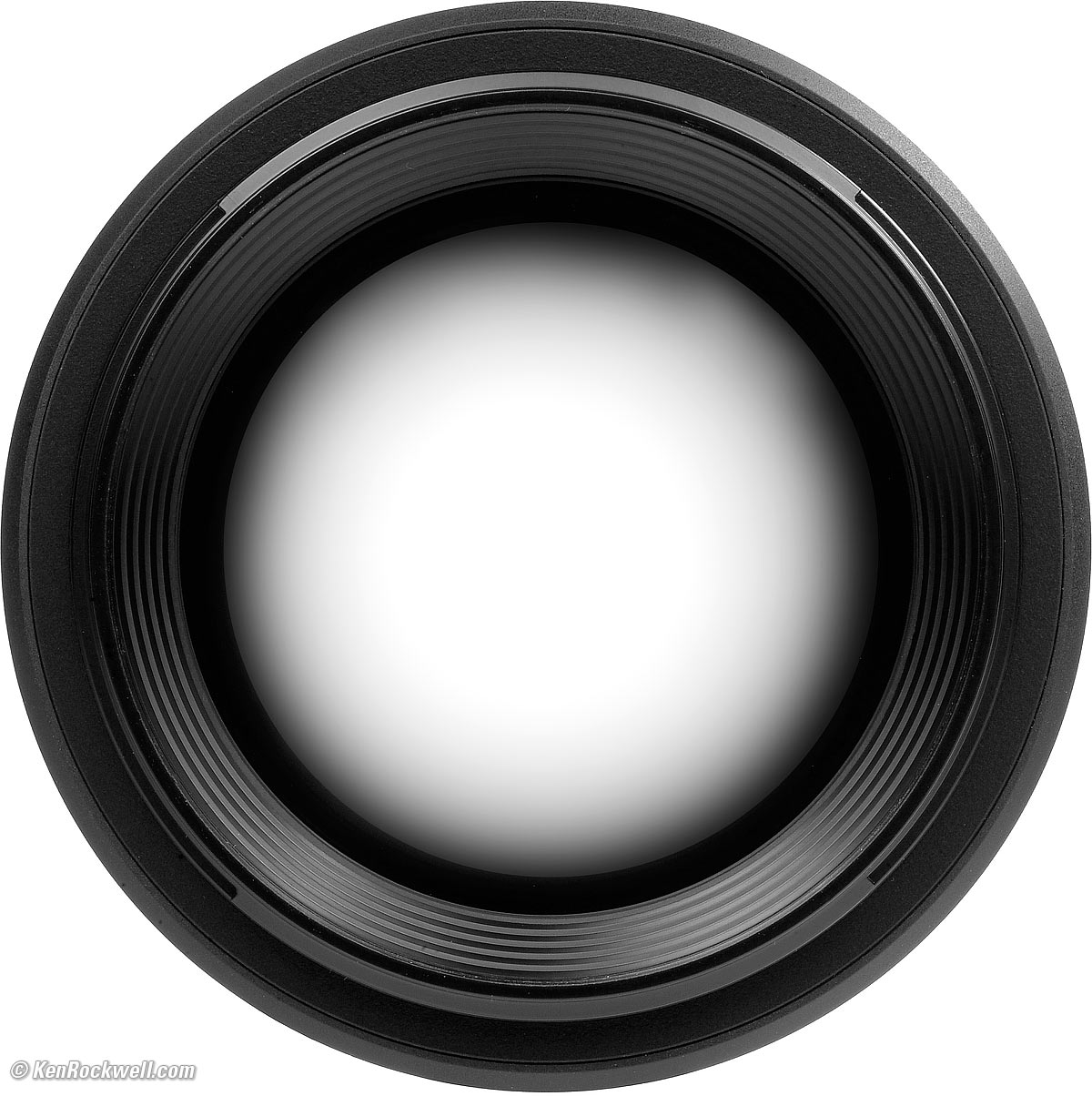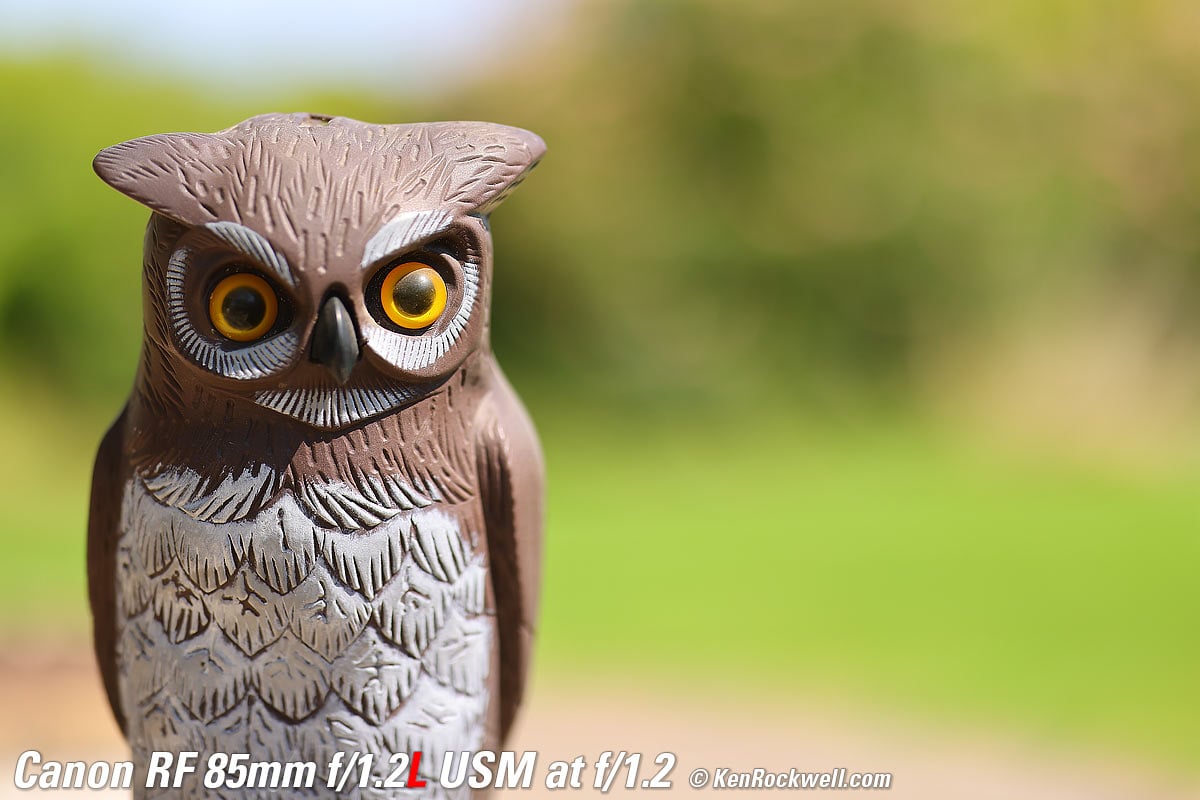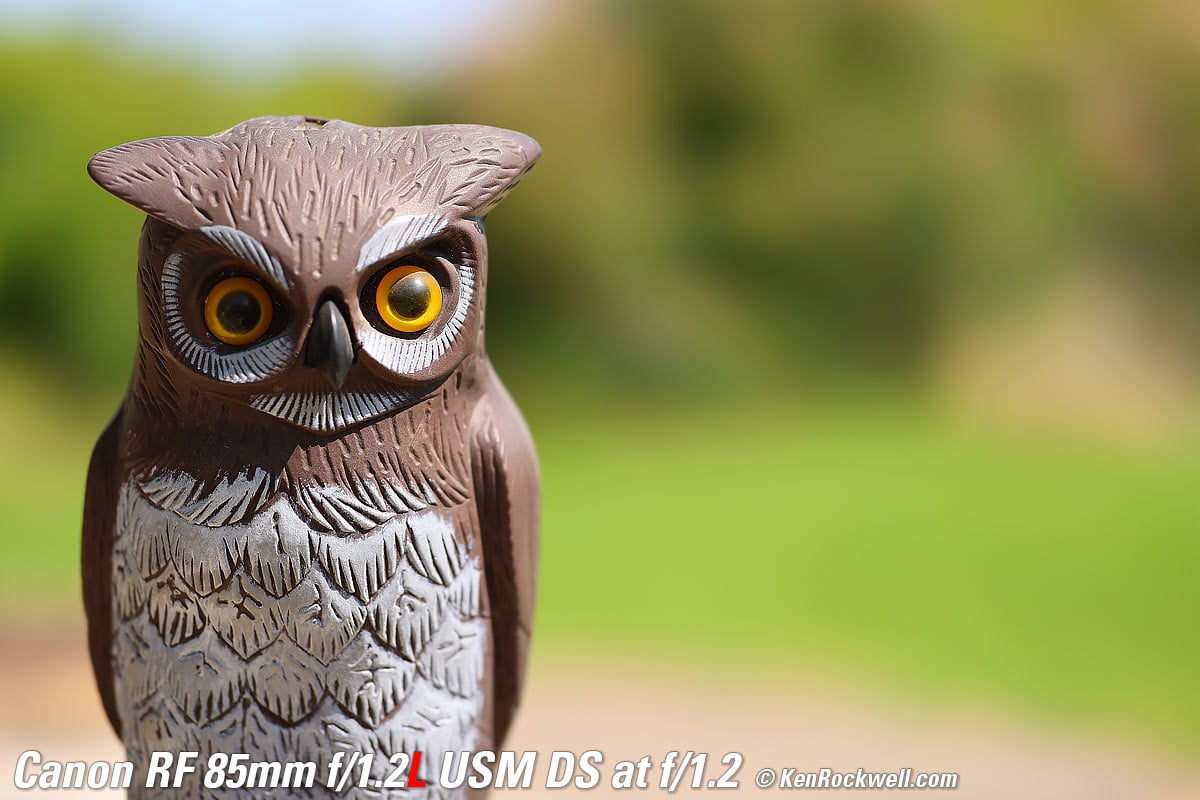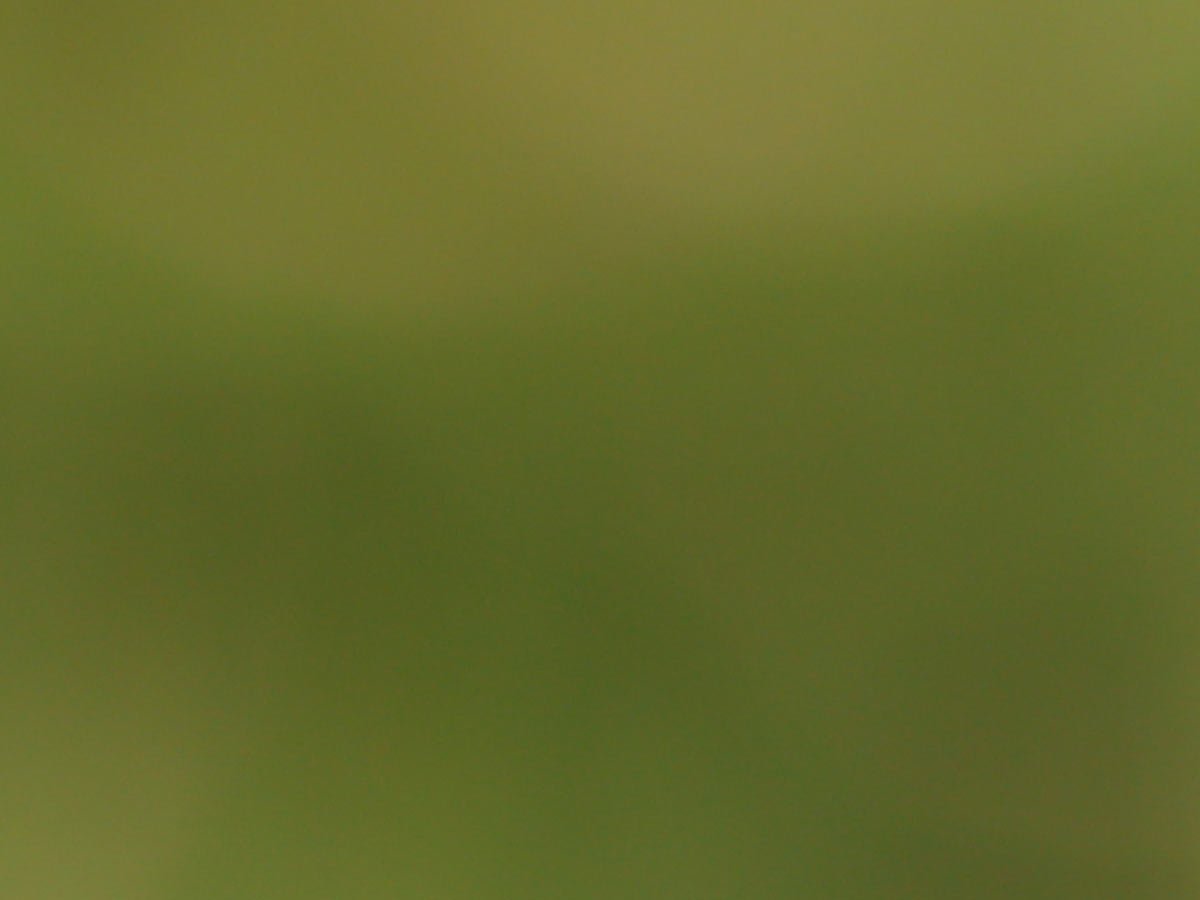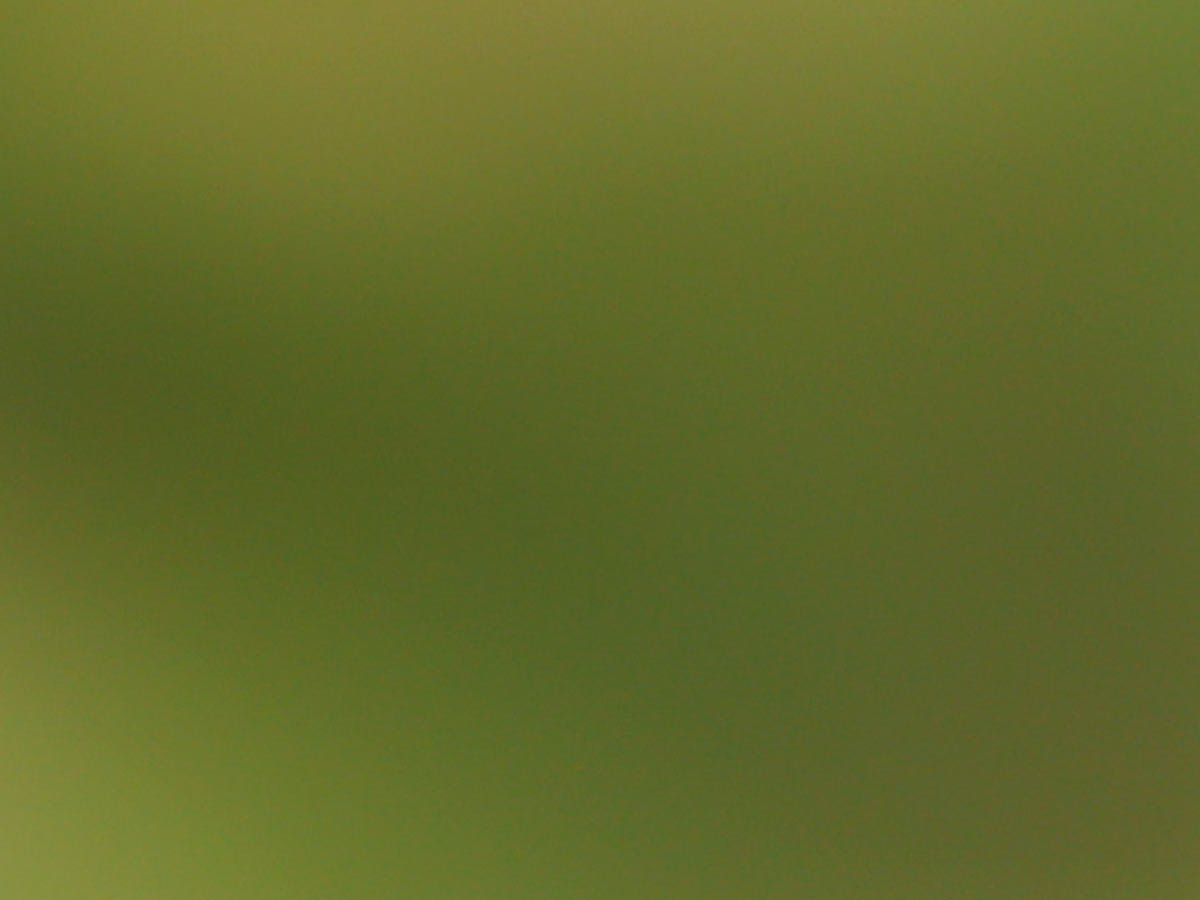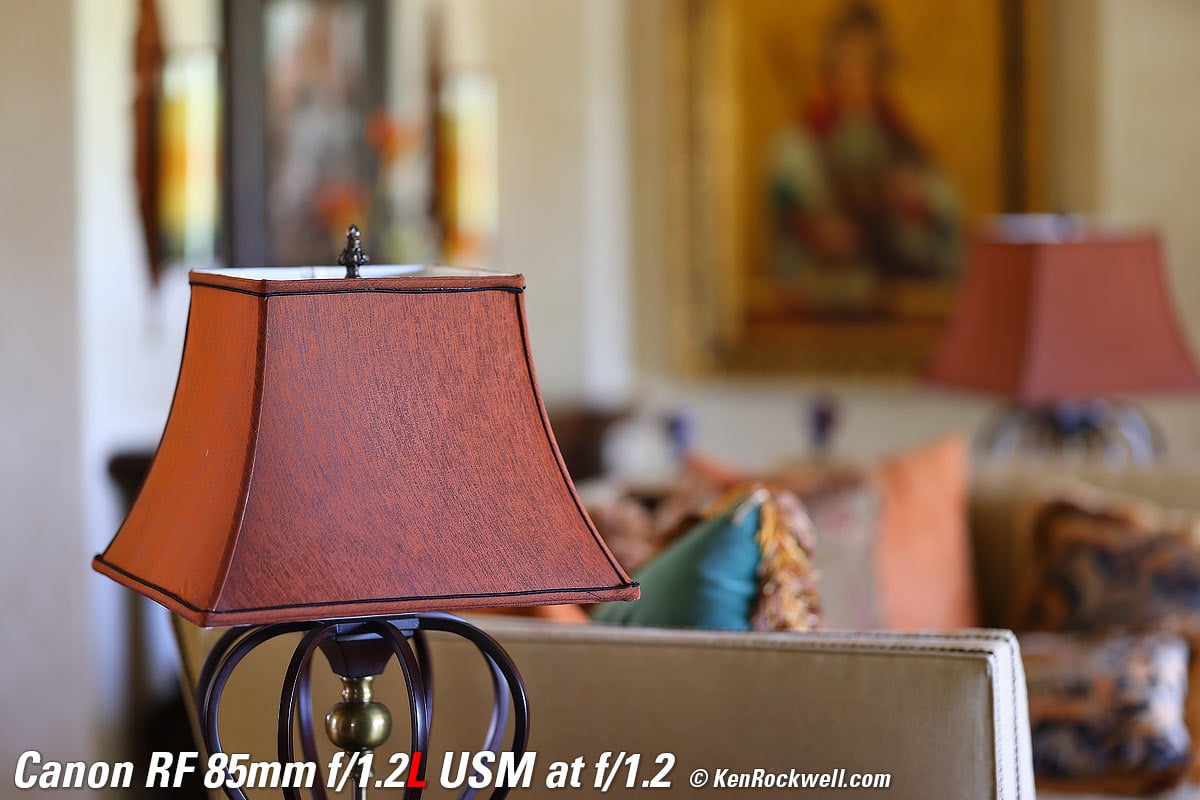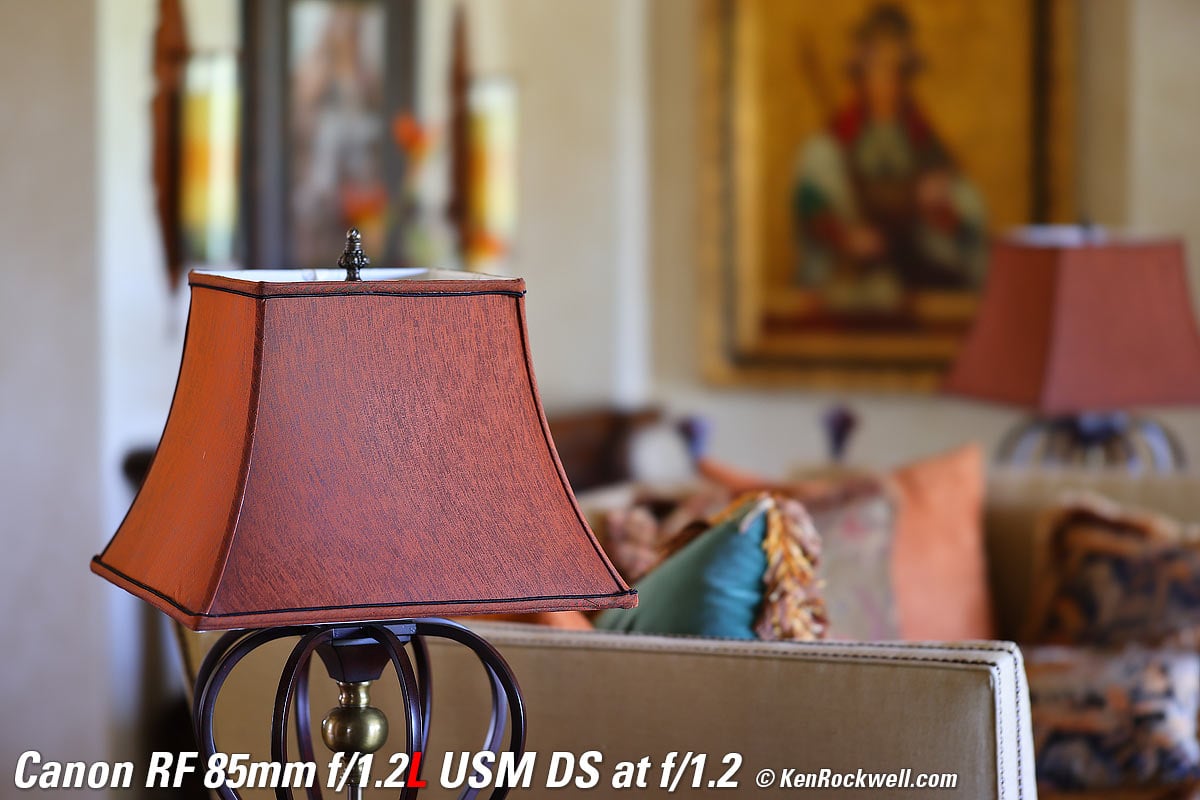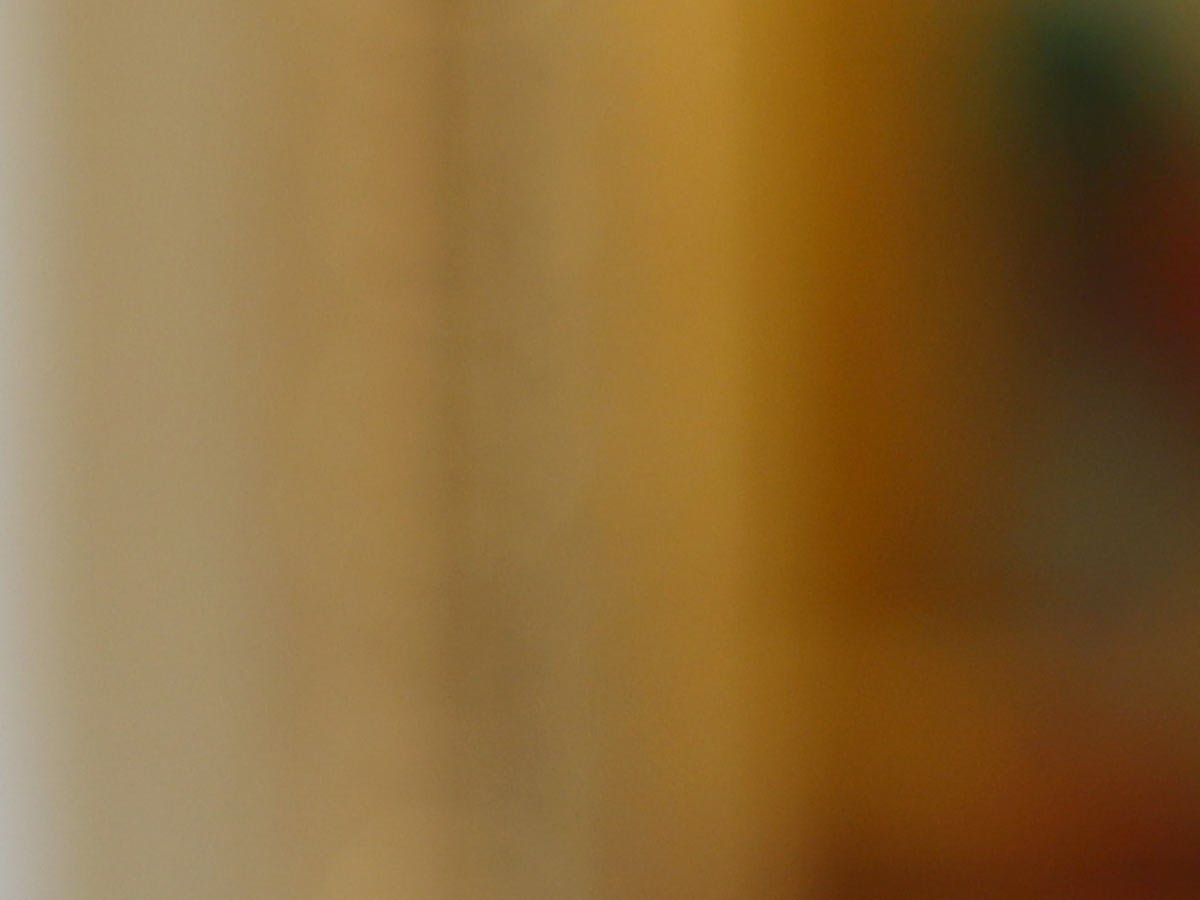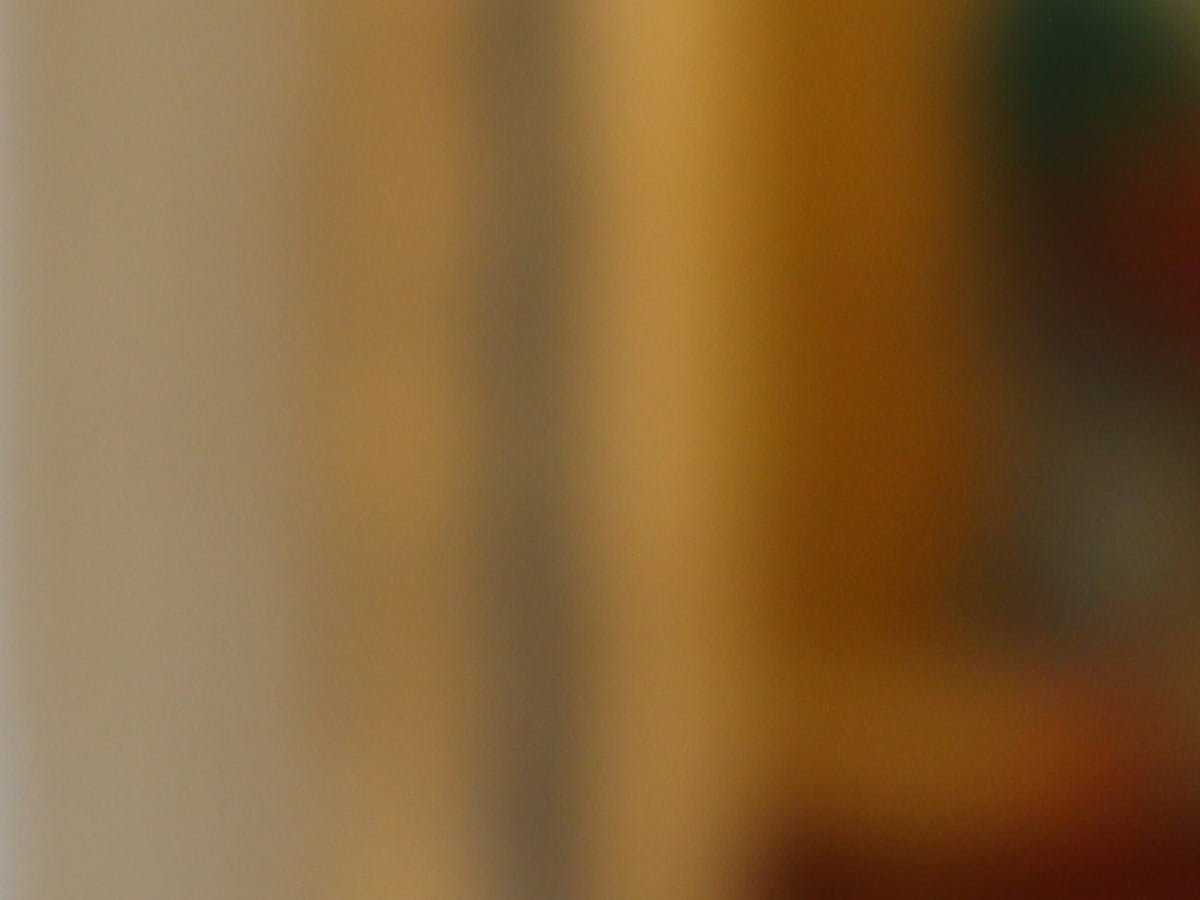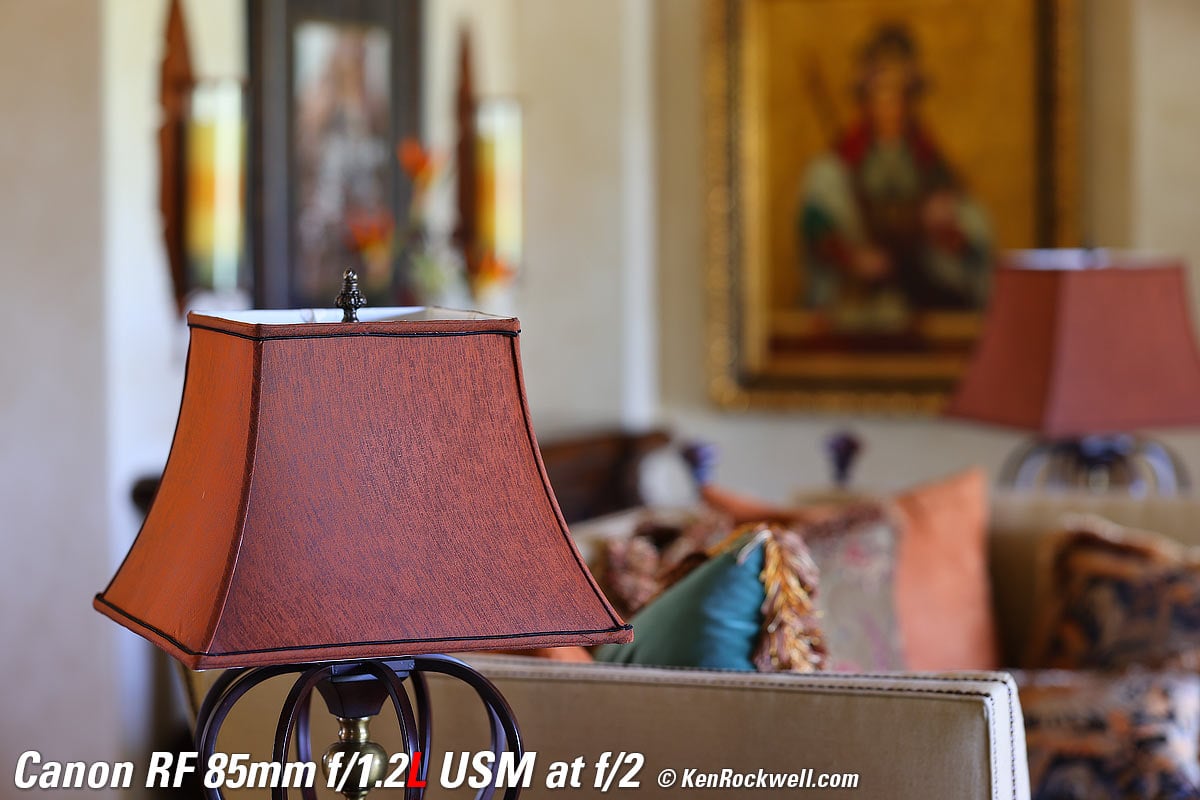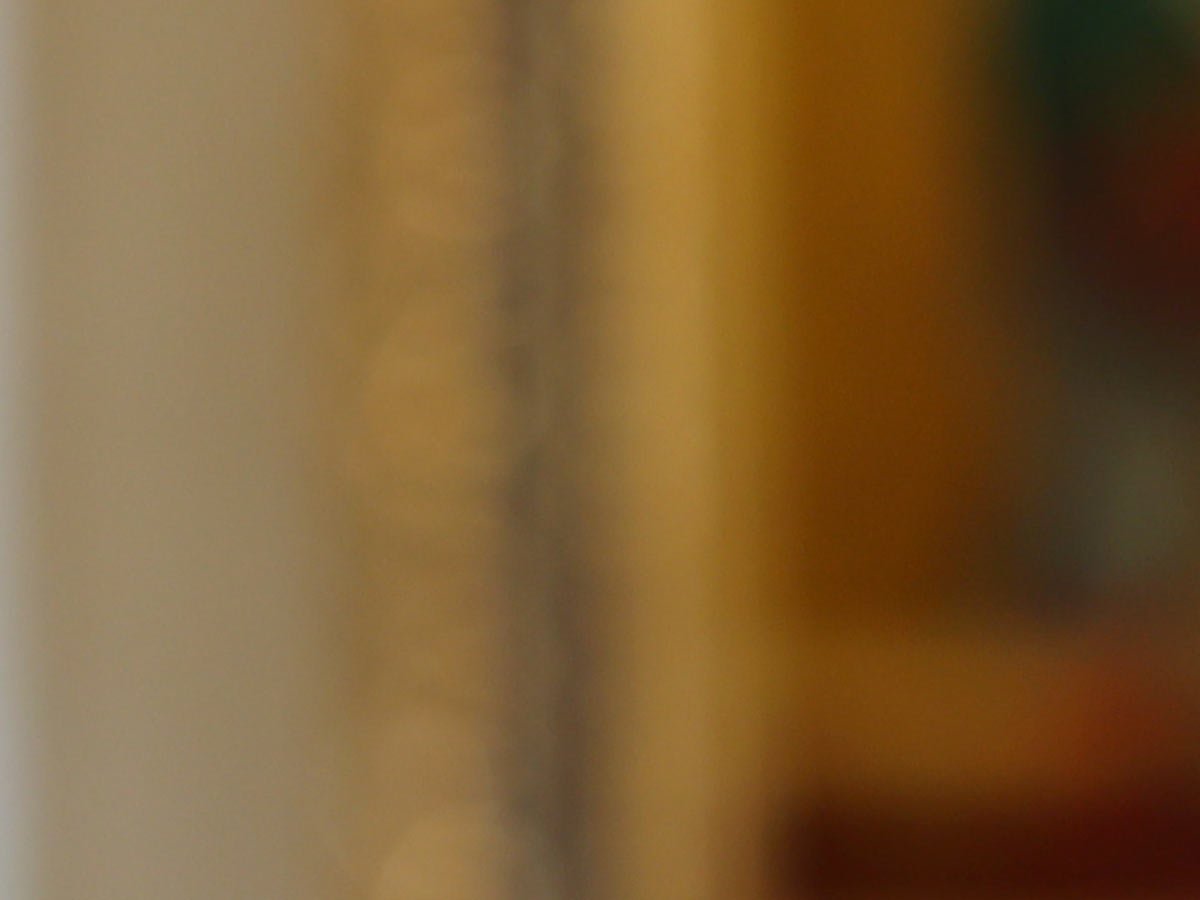Canon RF 85mm
f/1.2L vs. f/1.2L DS
Regular vs. Defocus Smoothing
Intro Specifications & Performance
R3 R5 R5C R6 II R6 R R8 RP R7 R10 R50 R100
Bodies Compared RF Lenses EF Lenses Flash
I got my RF 85mm f/1.2L at B&H. I'd also get mine at Adorama, at Amazon or at Crutchfield, or used at eBay if you know How to Win at eBay.
I got my RF 85mm f/1.2L DS at B&H. I'd also get mine at Adorama, at Amazon or at at Crutchfield, or used at eBay if you know How to Win at eBay.
This all-content, junk-free website's biggest source of support is when you use those or any of these links to approved sources when you get anything, regardless of the country in which you live. Thanks for helping me help you! Ken.
August 2020 Better Pictures Canon Reviews Mirrorless RF Lenses EF Lenses Flash All Review
Why Fixed Lenses Take Better Pictures
Introduction top
Intro Specifications & Performance
|
I buy only from these approved sources. I can't vouch for ads below. |
These two lenses use the same optics, mechanics, weather sealing and electronics. They are the same lens, with the notable exception that the DS "Defocus Smoothing" lens has two additional non-removable dark-edged graduated "apodization" neutral density filter coatings:
RF 85mm f/1.2L DS internal optical construction. Note two filter coatings. bigger.
While looking through the regular RF 85mm f/1.2L shows just a clear circle like most lenses, you can see the effects of the dark-edged filters in the RF 85mm f/1.2L DS. They smooth the transition between the clear center area and the black edge:
Canon RF 85mm f/1.2L USM DS. bigger.
This makes out-of-focus points of light appear not simply as hard-edged circles as they do with most lenses, but instead as soft blobs with no edge, just as you see when looking through the lens like this.
Smooth bokeh comes from having no hard edges on defocused points of light, also called blur circles. The blur circles from the DS lens at f/1.2 aren't circles or discs; they're simply nondescript Gaussian blobs with no edges and therefore no ability to create distractions in the background from "false resolution" caused by hard edges. No matter how far out of focus something may be, if you have points of light in the subject they can create hard-edged circles in defocused backgrounds, making backgrounds unsmooth, busy or distracting.
The differences between these lenses are most obvious at f/1.2. At smaller apertures, say by f/2 and smaller, the diaphragm covers the softly graduated edges of the apodization filters, and the effect goes away. If you're shooting at apertures from about f/2.8 and smaller, these lenses perform exactly the same. Even at f/2 they perform almost identically; the differences are only apparent wide-open at f/1.2 and f/1.4.
Specifications & Performance top
Intro Specifications & Performance
If you're shooting at apertures from about f/2.8 and smaller, these lenses perform exactly the same. Even at f/2 they perform almost identically; the differences are only apparent wide-open at f/1.2 and f/1.4.
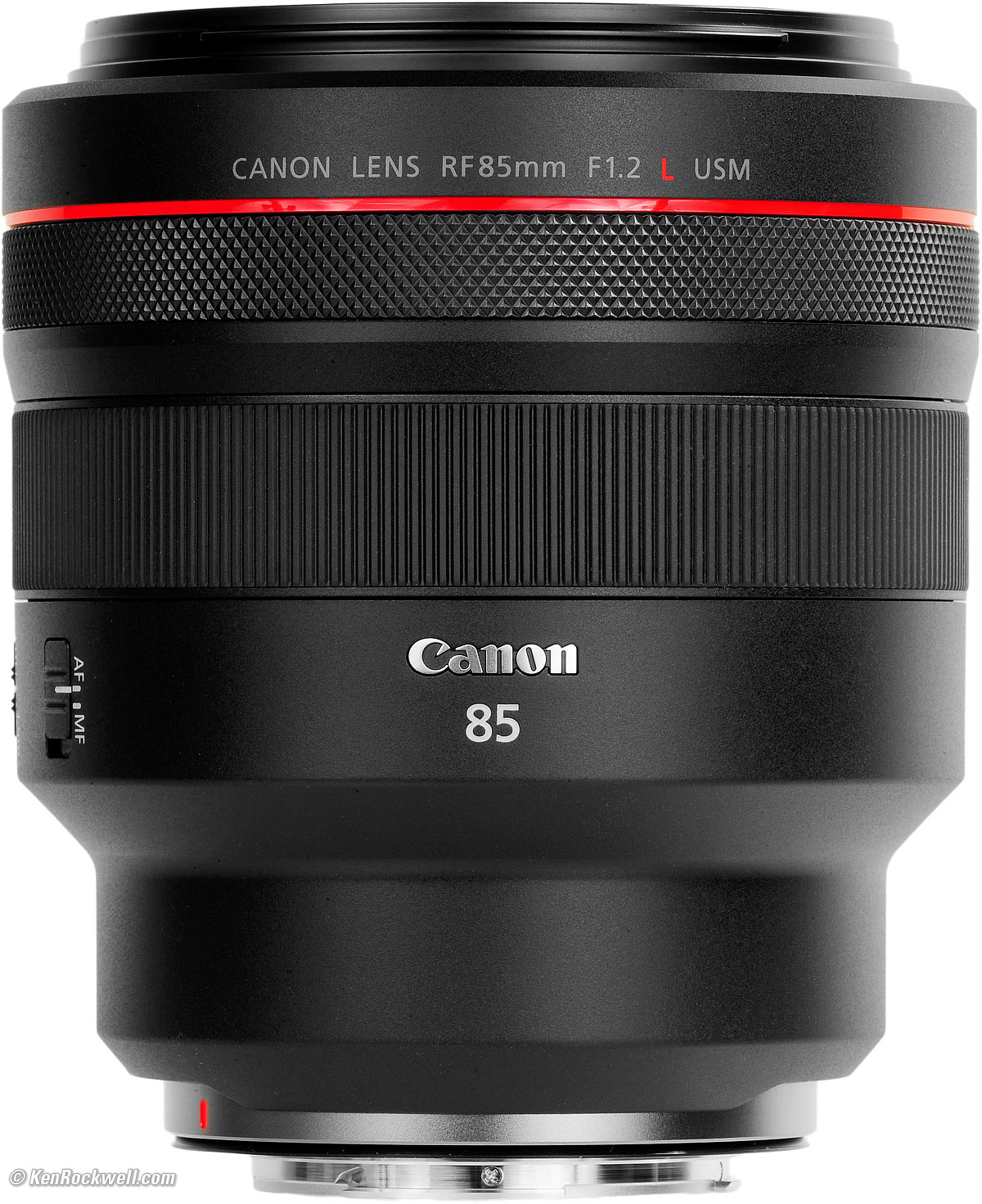 |
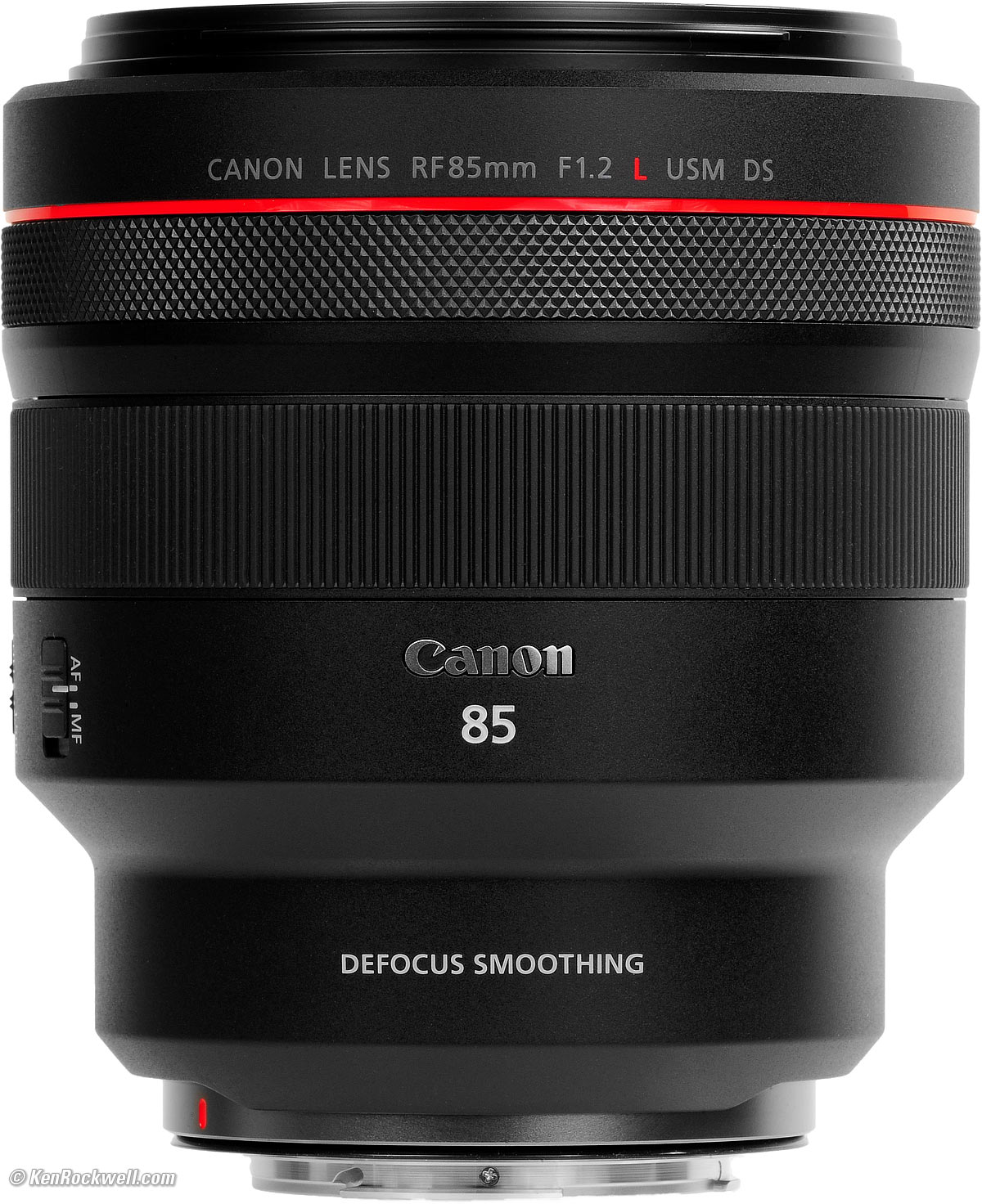 |
|
| Development Announced | 13 February 2019 |
13 February 2019 |
| Product Released | 08 May 2019 |
24 October 2019 |
| Filter Size | 82mm |
82mm |
| Optics (elements/groups) | 13/9 |
13/9 |
| Apodization Filters? | no |
Yes |
| Mechanical f/stop | f/1.2 |
f/1.2 |
| Light-gathering equivalent f/stop | f/1.2 |
f/2.0 The dark-edged neutral density filters lower the effective f/stop wide-open. |
| T stop | T1.3 |
T2 |
| Diaphragm | 9 rounded blades |
9 rounded blades |
| Close focus | 2.8'/0.85m |
2.8'/0.85m |
| AF Speed | Moderate |
Moderate |
| Distortion | None |
None |
| MTF at f/1.2 |  |
 |
| Sharpness | Flawless. MTF looks slightly less than DS version because the DS' apodization filters lower the effective speed of the lens and the contribution of the peripheral areas of the lens, which are the least sharp. This regular lens has a real f/1.2 speed, and the peripheral f/1.2 areas not effective in the DS version are also the least sharp in the lab. | Flawless. MTF looks slightly better than regular version because the DS' apodization filters lower the contribution of the peripheral areas of the lens, which are the least sharp — but the DS isn't really an f/1.2 lens anymore because of this. |
| Spherochromatism | Nearly none. Since this aberration comes mostly from the peripheral areas of the lens which are muted by the apodization filters, these reduce this aberration along with light gathering ability. | |
| Weight (actual measured) | 41.9 oz./1,188g |
41.9 oz./1,187g |
| Price, 8/2020 |
Bokeh top
Intro Specifications & Performance
Bokeh is the feel, character or quality of out-of-focus areas, not how far out of focus they are.
In these images, the regular f/1.2 lens puts things more out-of-focus at f/1.2 than the DS lens does at f/1.2, but the DS lens does it more smoothly with no false resolution or hard edges or busyness visible in the backgrounds.
These differences are very visible when camera-companies and their spokespeople show samples with lots of point-light sources in the background, but we rarely shoot like that unless it's Christmas time.
The differences are much less visible, but still there in the real world with regular backgrounds:
Outdoors at f/1.2
If you're shooting at apertures from about f/2.8 and smaller, these lenses perform exactly the same. Even at f/2 they perform almost identically; the differences are only apparent wide-open at f/1.2 and f/1.4.
RF 85mm f/1.2L at f/1.2 at 1/5,000 at Auto ISO 100. bigger or camera-original © file. The background is way out of focus, but you can still see some of the circles (and their edges) created by out-of-focus flowers that simulate points of light. Also notice how this lens made the same pictures at 1⅓ stops faster shutter speed since it lacks the internal neutral density filters of the DS lens. |
RF 85mm f/1.2L DS at f/1.2 at 1/2,000 at Auto ISO 100. bigger or camera-original © file. The background is one big mushy blur, with no edges or busyness. |
1,200 × 900 pixel (6.8× magnification) crop from above: f/1.2. bigger or camera-original © file. |
1,200 × 900 pixel (6.8× magnification) crop from above: f/1.2 DS. bigger or camera-original © file. |
Indoors at f/1.2
If you're shooting at apertures from about f/2.8 and smaller, these lenses perform exactly the same. Even at f/2 they perform almost identically; the differences are only apparent wide-open at f/1.2 and f/1.4.
RF 85mm f/1.2L at f/1.2 at 1/100 at Auto ISO 320. bigger or camera-original © JPG file. Here you can see how the regular f/1.2 lens puts things more out-of-focus than the DS lens. This true f/1.2 lens got the picture at twice the shutter speed and at a lower ISO, since it's 1⅓ stops faster at f/1.2 due to its lack of the internal neutral density filters of the DS verison. Note also how you can see some faint circles from sparkly reflections from the gold-edged picture frame, and still see vertical lines where there should be none. This is called false resolution: |
RF 85mm f/1.2L DS at f/1.2 at 1/50 at ISO 400. bigger or camera-original © JPG file. Things are less out-of-focus since the blur blobs from this DS lens are smaller than the big circles from the regular lens, but since these blurs are nondescript blobs, the bokeh is smoother, with nothing other than blur: |
1,200 × 900 pixel (6.8× magnification) crop from above: f/1.2. bigger or camera-original © JPG file. |
1,200 × 900 pixel (6.8× magnification) crop from above: f/1.2 DS. bigger or camera-original © JPG file. |
Indoors at the same T stop (T2)
Just for fun, since the DS lens only transmits as much light as an f/2 lens, lets compare the regular lens at f/2 (T2) to the DS lens at f/1.2 (T2). Notice how the ISOs and shutter speeds are equal to each other even though the regular lens is at f/2 and the DS lens is at f/1.2 (they perform the same at smaller apertures where the edge filters have no effect):
RF 85mm f/1.2L at f/2 at 1/50 at ISO 400. bigger or camera-original © JPG file. |
RF 85mm f/1.2L DS at f/1.2 at 1/50 at ISO 400. bigger or camera-original © JPG file. |
1,200 × 900 pixel (6.8× magnification) crop from above: f/1.2 at f/2 (T2). bigger or camera-original © JPG file. |
1,200 × 900 pixel (6.8× magnification) crop from above: f/1.2 DS at f/1.2 (T2). bigger or camera-original © JPG file. |
Recommendations top
Intro Specifications & Performance
I got my RF 85mm f/1.2L at B&H. I'd also get mine at Adorama, at Amazon or at Crutchfield, or used at eBay if you know How to Win at eBay.
I got my RF 85mm f/1.2L DS at B&H. I'd also get mine at Adorama, at Amazon or at at Crutchfield, or used at eBay if you know How to Win at eBay.
If you're shooting at apertures from about f/2.8 and smaller, these lenses perform exactly the same. Even at f/2 they perform almost identically; the differences are only apparent wide-open at f/1.2 and f/1.4.
To anyone with a Ph.D. in optics, this is an easy choice: for normal use, especially if you want high sensitivity for low-light, night concerts, surveillance and astronomy, get the less expensive regular RF 85mm f/1.2L.
If you value smooth out-of-focus areas over low-light shooting, then consider the Defocus Smoothing RF 85mm f/1.2L DS version.
If you want to shoot at f/1.2 in daylight, the built-in edge-graduated neutral density filters inside the Defocus Smoothing RF 85mm f/1.2L DS version let you forget about needing a ND filter on the front of your lens.
If you never shoot at wider than f/2.8, each of these lenses performs exactly the same, so get the less expensive regular RF 85mm f/1.2L.
If you never shoot wider than f/2, you can add macro capability and save a boatload of size, weight and money by getting the much more practical RF 85mm f/2 IS STM Macro.I use a clear (UV) protective filter instead of a cap so I'm always ready to shoot instantly. I only use a cap when I throw this in a bag with other gear without padding — which is never. The UV filter never gets in the way, and never gets lost, either.
The very best protective filter is the 82mm Hoya multicoated HD3 UV which uses hardened glass and repels dirt and fingerprints.
For less money, the B+W 82mm 010 is an excellent filter, as is the multicoated version and the Hoya Alpha filter, but the Hoya HD3 is the toughest and the best.
Any of these filters protects as well and gives ultrasharp images, but since filters last a lifetime, you may as well get the best since the Hoya HD3 is tougher and stays cleaner than the others since it repels oil and dirt.
This 100% all-content website's biggest source of support is when you use those or any of these links to approved sources when you get anything, regardless of the country in which you live. Canon does not seal its boxes in any way, so especially with exotic lenses like this never buy at retail or any other source not on my personally approved list since you'll have no way of knowing if you're missing accessories, getting a defective, damaged, returned, non-USA, store demo or used lens. I use the stores I do because they ship from secure remote warehouses where no one gets to touch your new camera before you do. Buy only from the approved sources I use myself for the best prices, service, return policies and selection.
Thanks for helping me help you!
Ken, Mrs. Rockwell, Ryan and Katie.
More Information top
Intro Specifications & Performance
Why Fixed Lenses Take Better Pictures
© Ken Rockwell. All rights reserved. Tous droits réservés. Alle Rechte vorbehalten. Ken Rockwell® is a registered trademark.
Help Me Help You
I support my growing family through this website, as crazy as it might seem.
The biggest help is when you use any of these links when you get anything. It costs you nothing, and is this site's, and thus my family's, biggest source of support. These places always have the best prices and service, which is why I've used them since before this website existed. I recommend them all personally.
If you find this page as helpful as a book you might have had to buy or a workshop you may have had to take, feel free to help me continue helping everyone.
If you've gotten your gear through one of my links or helped otherwise, you're family. It's great people like you who allow me to keep adding to this site full-time. Thanks!
If you haven't helped yet, please do, and consider helping me with a gift of $5.00.
As this page is copyrighted and formally registered, it is unlawful to make copies, especially in the form of printouts for personal use. If you wish to make a printout for personal use, you are granted one-time permission only if you PayPal me $5.00 per printout or part thereof. Thank you!
Thanks for reading!
Mr. & Mrs. Ken Rockwell, Ryan and Katie.






